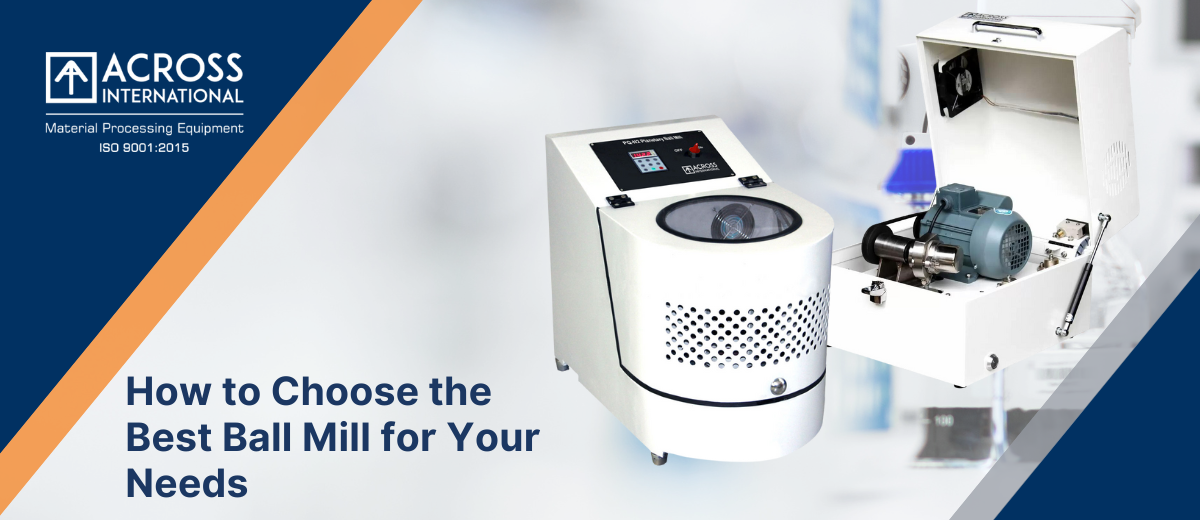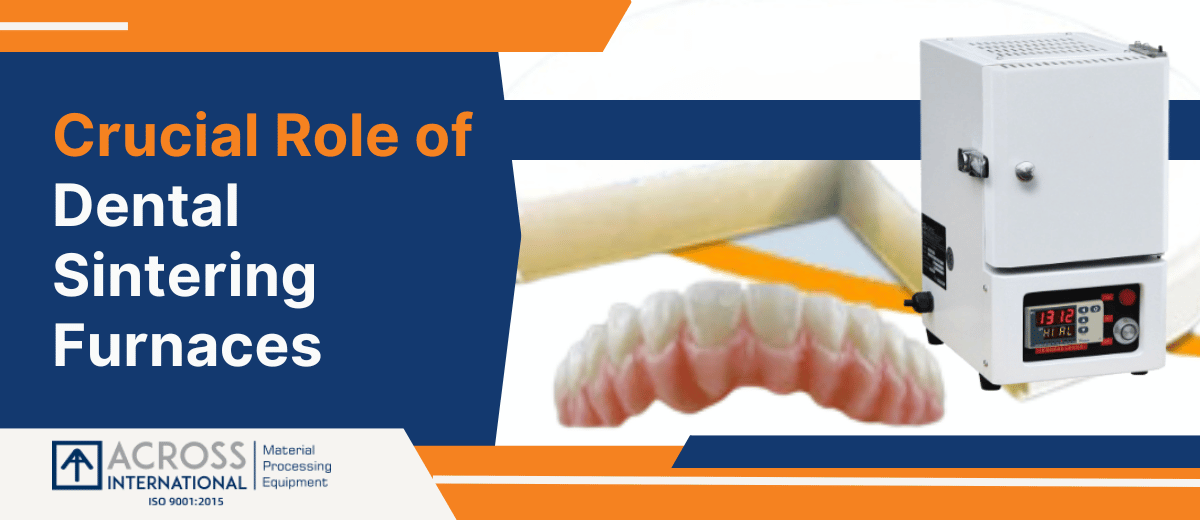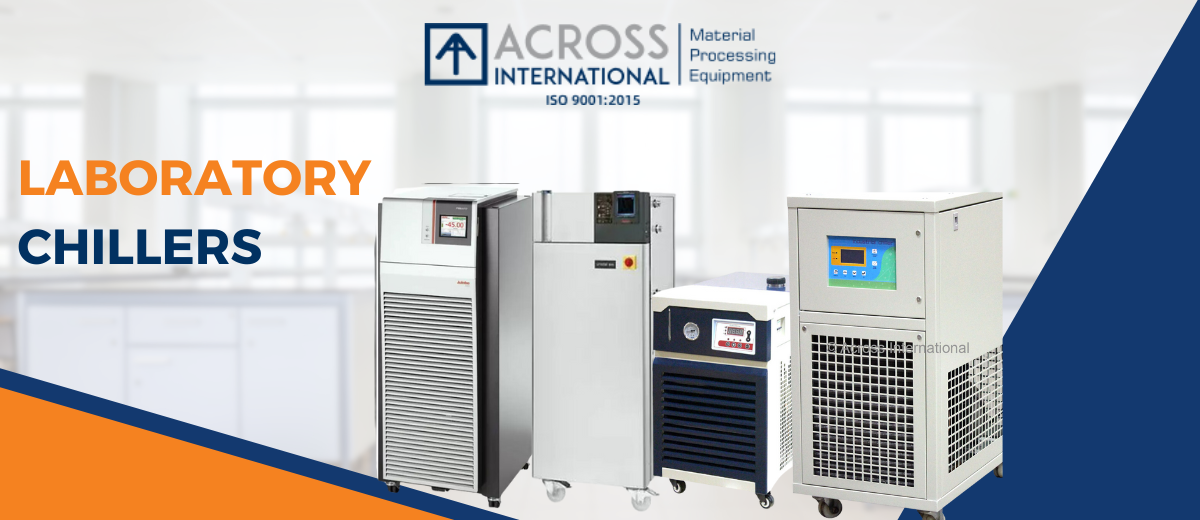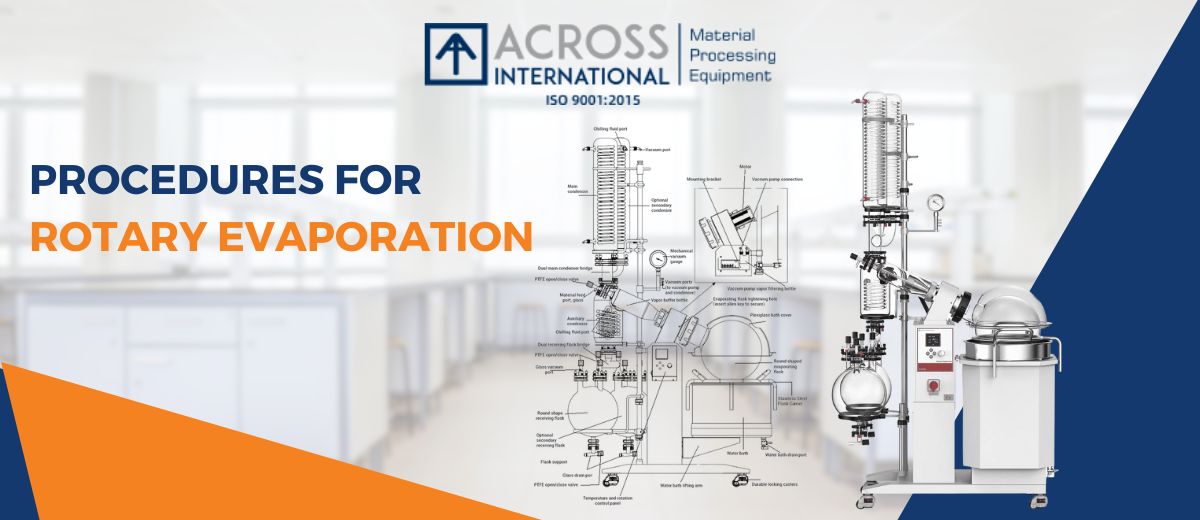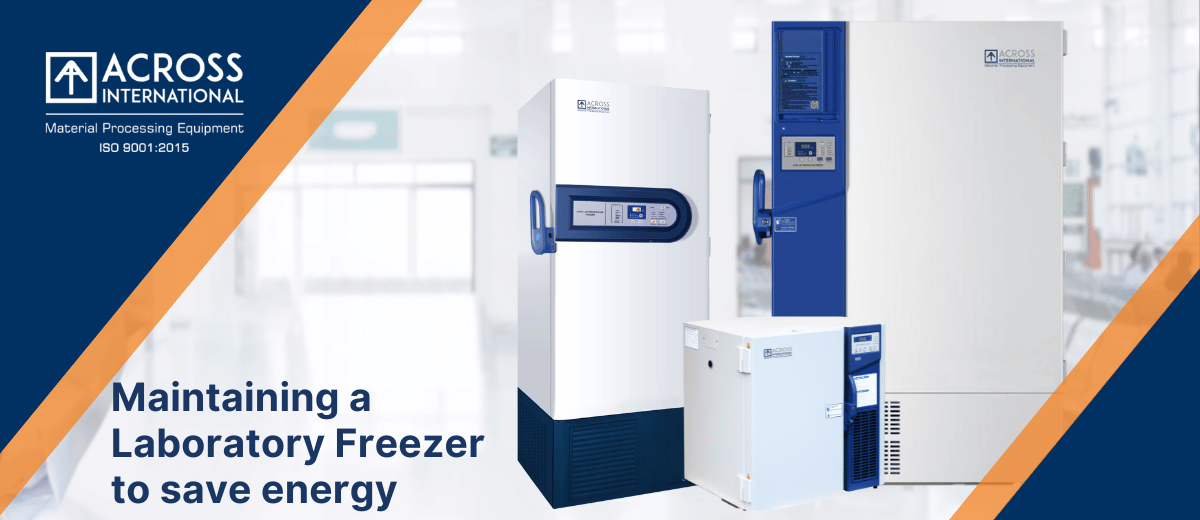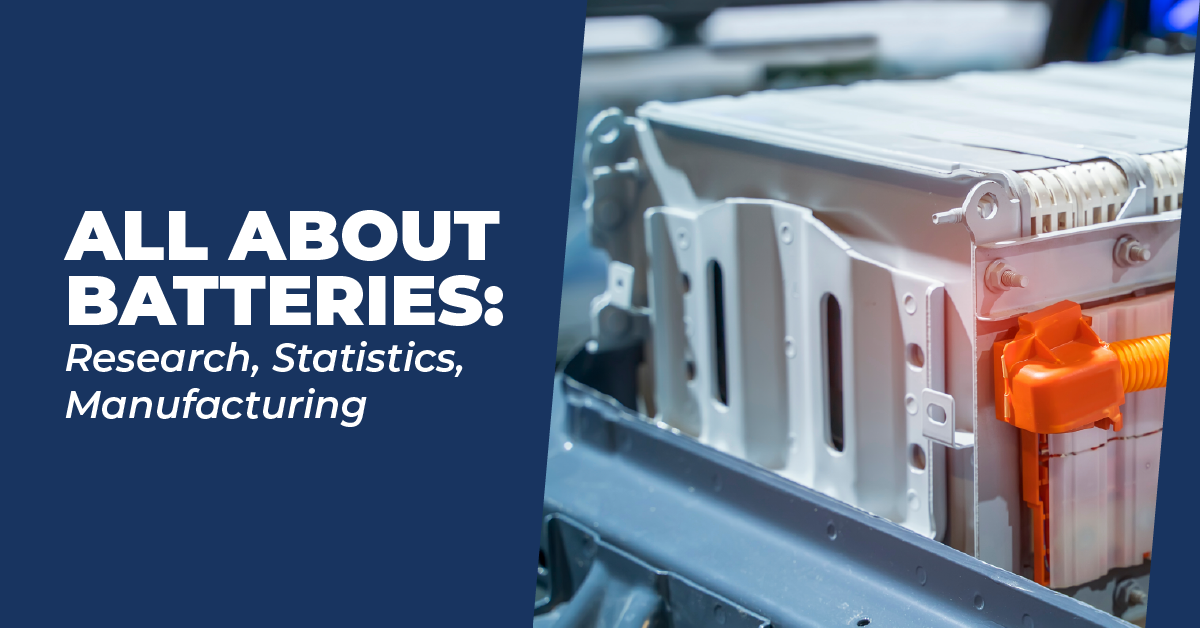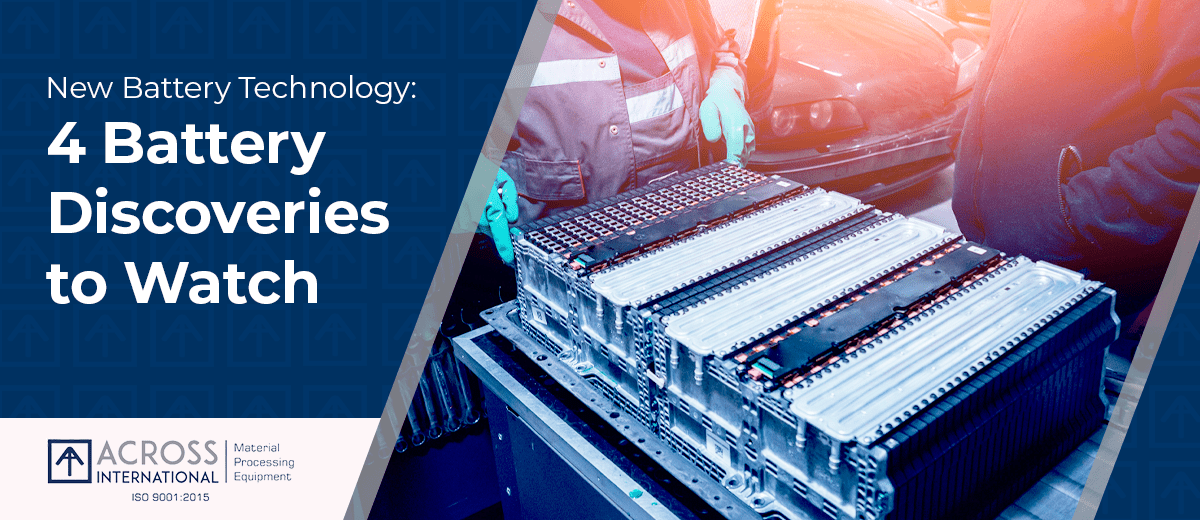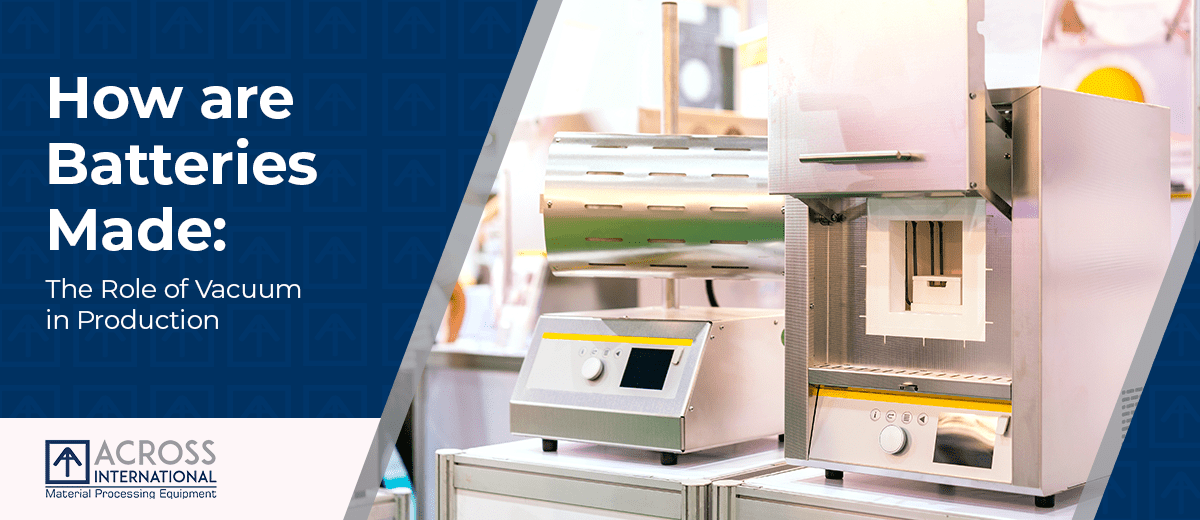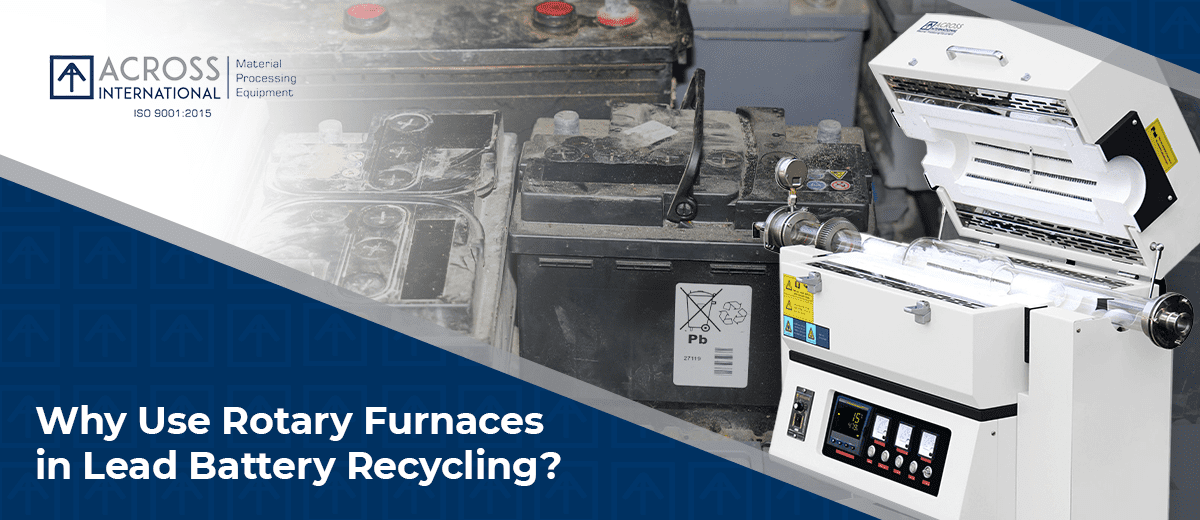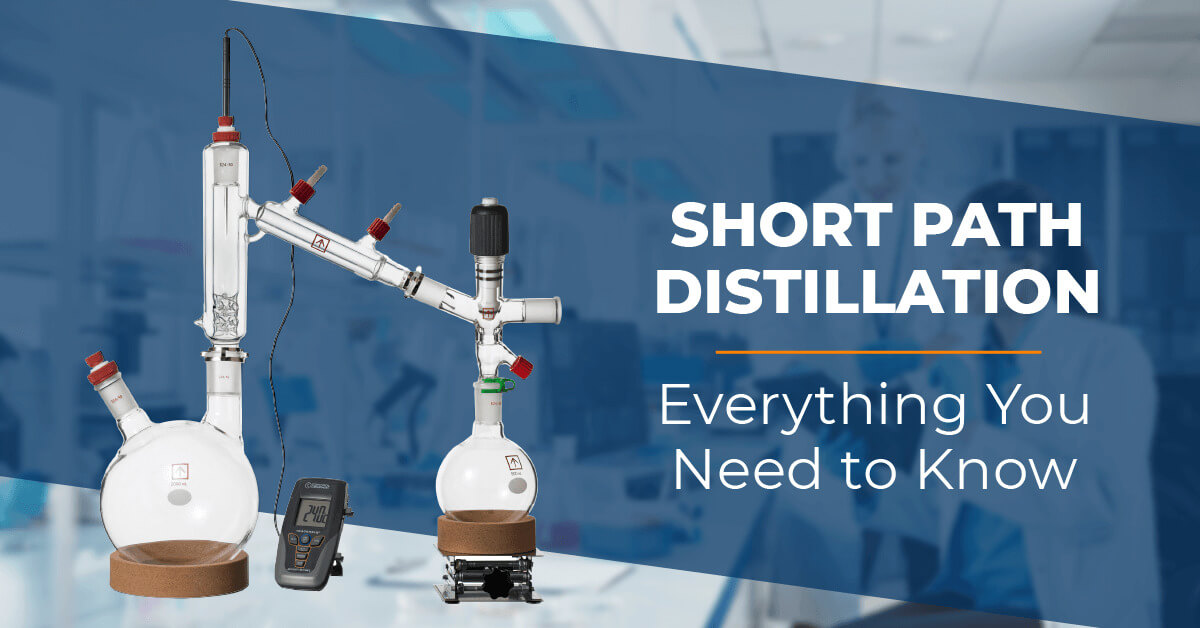We use cookies to make your experience better. To comply with the new e-Privacy directive, we need to ask for your consent to set the cookies. Learn more.
Importance of Induction Heaters for Green Technology
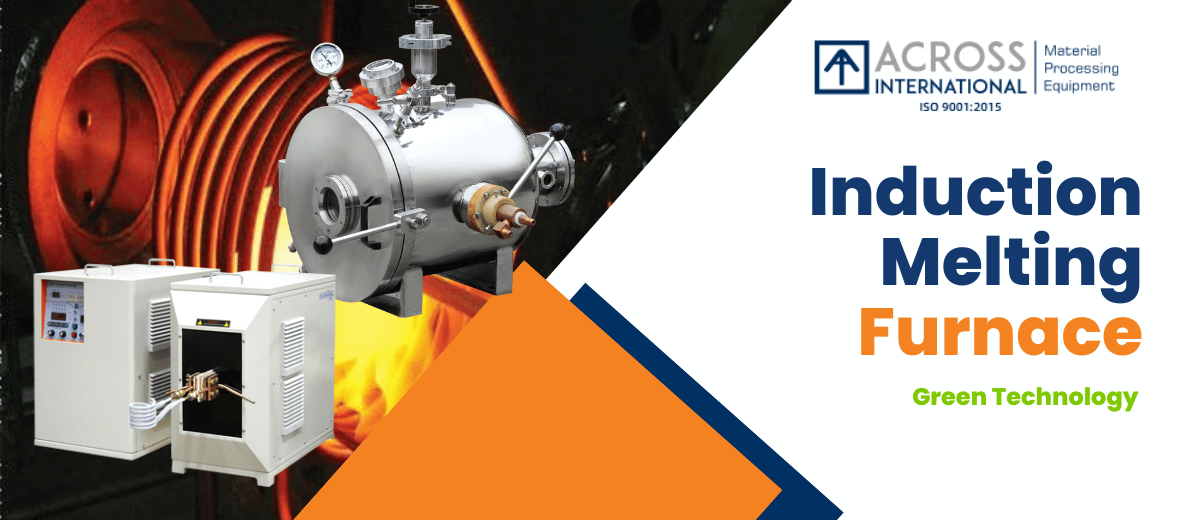
Induction heating is a green technology because it is energy-efficient, does not produce emissions, and is safe for the environment.
Induction Heaters play a key role for generating induction heating by creating a high-frequency alternating magnetic field. When a metal object is placed within the coil of wire, the magnetic field induces an electric current in the object. This current is called an eddy current, and it causes the object to heat up.
The amount of heat generated depends on the strength of the magnetic field, the frequency of the alternating current, and the electrical resistivity of the material being heated. Induction furnaces can be used to heat a wide variety of materials, including ferrous metals, non-ferrous metals, and semiconductors.
Induction heaters are important for green technology because they are much more energy-efficient and environmentally friendly than traditional heaters Induction furnace heaters use electricity to heat metal by creating an alternating magnetic field in a coil of wire. When a metal object is placed within the coil, an electric current is induced in the object, which causes it to heat up.
Induction furnaces are up to 90% efficient, meaning that they convert all the electrical energy into heat. This contrasts with traditional furnaces, which are typically only around 50% efficient. This means that induction furnaces can save a significant amount of energy, which can lead to lower costs and reduced greenhouse gas emissions.
Induction furnaces also produce fewer emissions than traditional furnaces. They do not produce any direct emissions, such as carbon dioxide or nitrogen oxides, because they do not use fossil fuels. In contrast, traditional furnaces produce significant emissions when they burn fossil fuels to generate heat.
In addition to their environmental benefits, induction furnaces also offer several other advantages, such as:
Faster heating: Induction furnaces can heat metal much faster than traditional furnaces. This is because they heat the metal directly, rather than heating the air around the metal.
More precise heating: Induction furnaces can be used to heat specific areas of a metal object without heating the surrounding material. This makes them ideal for applications where precise heating is required.
Safer operation: Induction furnaces are safer than traditional furnaces, as there is no open flame or hot surfaces.
Here are some specific examples of how induction furnaces are being used for green technology:
Electric vehicle batteries: Induction furnaces are used to melt and cast the metal components of electric vehicle batteries. This process is much more energy-efficient than traditional methods, such as arc melting.
Solar panels: Induction furnaces are used to melt and cast the silicon wafers used in solar panels. This process is also much more energy-efficient than traditional methods.
Wind turbines: Induction furnaces are used to melt and cast the metal components of wind turbines. Again, this process is much more energy-efficient than traditional methods.
Automotive industry, induction heating furnace is used to heat metal parts for hardening, forging, and joining. This process is much more energy-efficient than traditional methods, such as flame heating.
Manufacturing industry, induction heating furnace is used to heat metal parts for a variety of processes, such as welding, cutting, and melting. This process is more energy-efficient and produces less air pollution than traditional heating methods, such as gas-fired furnaces.
As the world continues to transition to a more sustainable future, induction furnaces are expected to play an increasingly important role in a variety of industries.
Overall, induction heaters play an important role for generating induction heating because they are efficient, versatile, and safe. They are used in a wide range of industries, including metalworking, food processing, electronics manufacturing, and renewable energy.


